A step by step guide for Ridge gourd farming, planting
Today, we learn the profitable ridge gourd farming techniques, planting ideas, seed rate, sowing methods, ridge gourd plant care, and harvesting procedure.
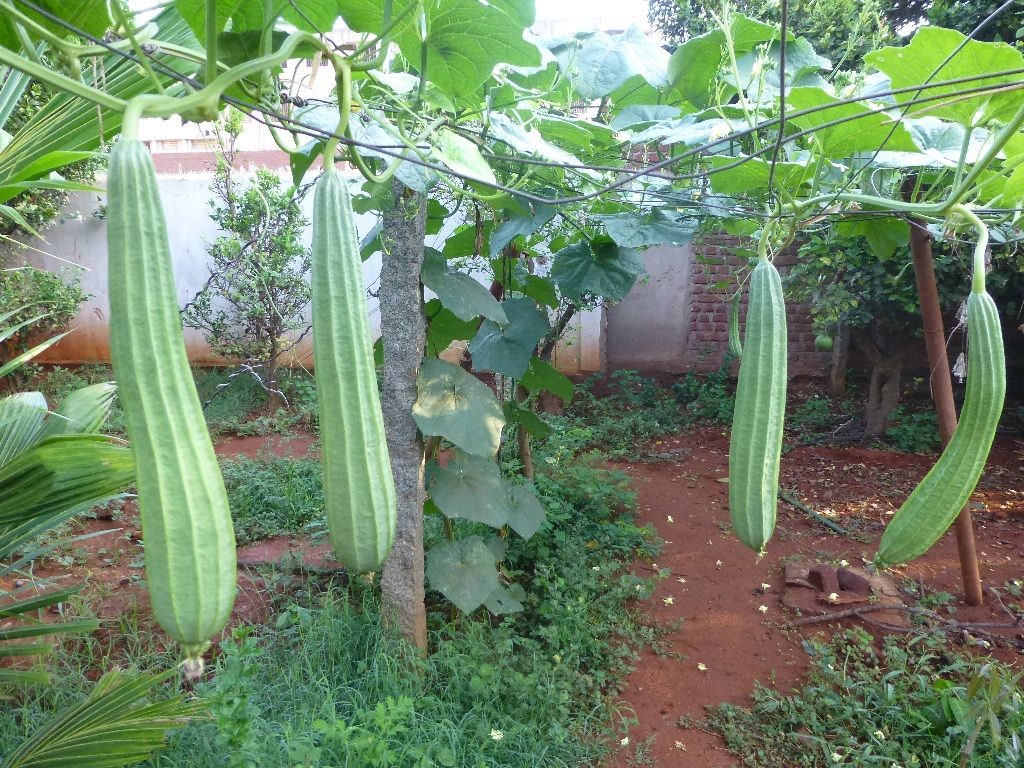
Introduction of Ridge Gourd:
Ridge gourd is a very important Indian vegetable crop and it can be grown throughout the year. Ridge gourd belongs to the cucurbitaceae family. The Ridge gourd vegetable in green stage and leaves with stem are used as vegetable.it is a very famous vegetable in the south and east India.
Health Benefits of Ridge Gourd:
It is an excellent blood purifier, Possessing laxative properties, Beneficial for diabetes, Ridge gourd is extremely rich in dietary fiber, Aiding in weight loss, Anti-inflammatory and anti-biotic.
Local Names of Ridge Gourd in India:
Sirola (Gujarati ), Dodka ( Marathi), Beerakaya (Telugu), Turai (Hindi), Peerkankai (Tamil), Heerekayi (Kannada), and peechanga (Malayalam).
Commercial Varieties of Ridge gourd:
Below are some of the commercial varieties of Ridge gourd cultivated in India.
- PKM1.
- CO-1.
- CO-2.
- Desi Chaitali.
- Pusa Nasdar.
- Phule Sucheta.
- Kankan Harita.
Climate required for Ridge gourd plantation:
Ridge gourd thrives very well in a warm and hot climate, the ideal temperature for Ridge gourd cultivation is 25° to 35°C.
Soil and its Preparation for Ridge gourd plantation:
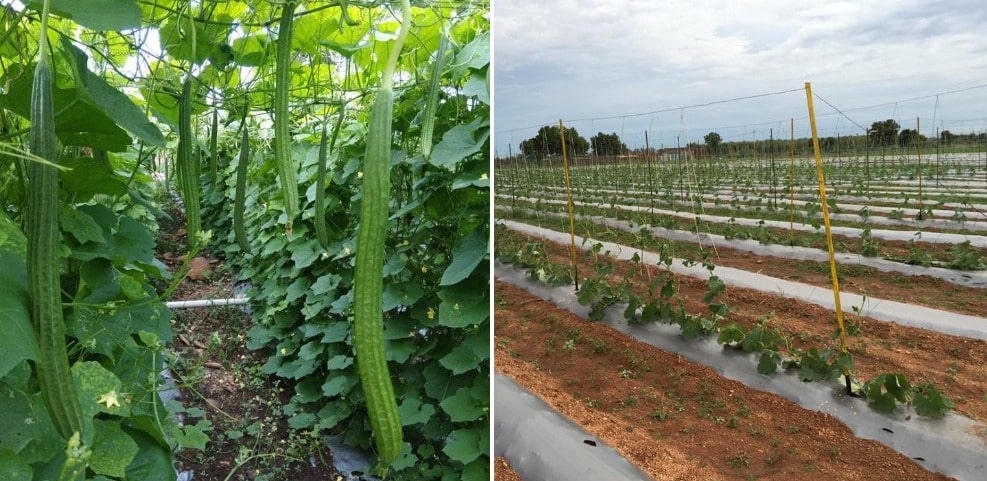
Ridge gourd can be grown in a wide variety of soils. But it grows best in sandy loam soils. The soil or main field should be prepared thoroughly by 4 to 5 ploughings and soil pH range from 6.5 to 7.5 is ideal for Ridge gourd cultivation. This vegetable crop requires good drainage. Better yield and quality of vegetable can be expected by applying organic matter or farmyard manure (FMY).
Ridge gourd seed treatment procedure:
Before sowing, seeds should be treated with Pseudomonas fluorescens 10 grams or Trichoderma viride 4 grams/kg of seeds.
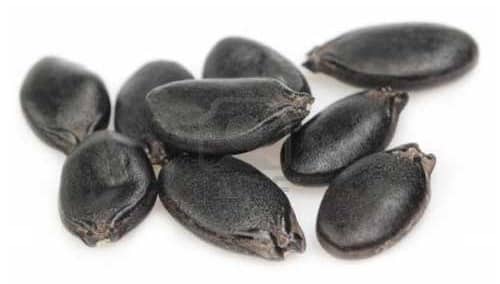
How to sow Ridge gourd seeds:
The Ridge gourd seed is sowing time depends on the type of crop. Usually, Ridge gourd Plantation spreads during January and July.
The seed rate of Ridge gourd:
An average seed rate in Ridge gourd farming is about 5 kg to 6 kg/ha.
Methods of sowing and spacing of Ridge gourd plants:
The Ridge gourd seeds are sown by dibbling method at 1.5 m to 2.0 m X 1.0 m to 1.5 m. Sow 3 seeds in each pit. After germination, thin to 2 healthy seedlings. The seeds also can be sown in poly bags. 2 seeds per bag are ideal and 2 weeks after germination, they can be planted at 2 seedlings per pit in the main field.
Intercultural Operations of Ridge gourd crop:
During the early stage of plant growth, shallow cultivation is preferred. The plants should be provided with suitable support made of bamboo sticks for better creeping.
Manure and Fertilizers of Ridge gourd plants:
40 to 50 cartload well decomposed Farm Yard Manure should be applied at the time of soil or field preparation. Apply a fertilizer dose of 250:100:100 kg NPK / ha throughout the Ridge gourd cropping period through the split application.
Water requirement for Ridge gourd plants:
Water the basin before dibbling the seeds and afterward, once in a week. Drip watering is most beneficial in the Ridge gourd cultivation. The summer plantation requires frequent watering at an interval of 3 to 4 days. Normally rainy season crop does not require any irrigation. Using Drip Irrigation can control weeds and control water loss.
Pests and diseases of Ridge gourd:
- Main pests in Ridge gourd plants are Beetles, fruit flies, and caterpillars.
How to control: Spray Trichlorofon 50% EC 1.0 ml/l or Dichlorvos 76% EC 6.5 ml/10 lit.lindane 1.3% dust, copper and sulfur dust as these are phytotoxic. - Main Diseases are Powder mildew & Downy mildew.
- Downy mildew – How to control it? spray Mancozeb or Chlorothalonil 2 grams/liter water twice at 10 days interval.
- Powdery mildew – How to control it? spray Dinocap 1 ml/lit. or Carbendazim 0.5 grams/liter water.
How and When to harvest Ridge gourds:
The Ridge gourd become ready for harvest from 45 to 60 days of sowing depending on the Variety. Cut the full-grown ridge gourd with a knife and this can be done weekly.
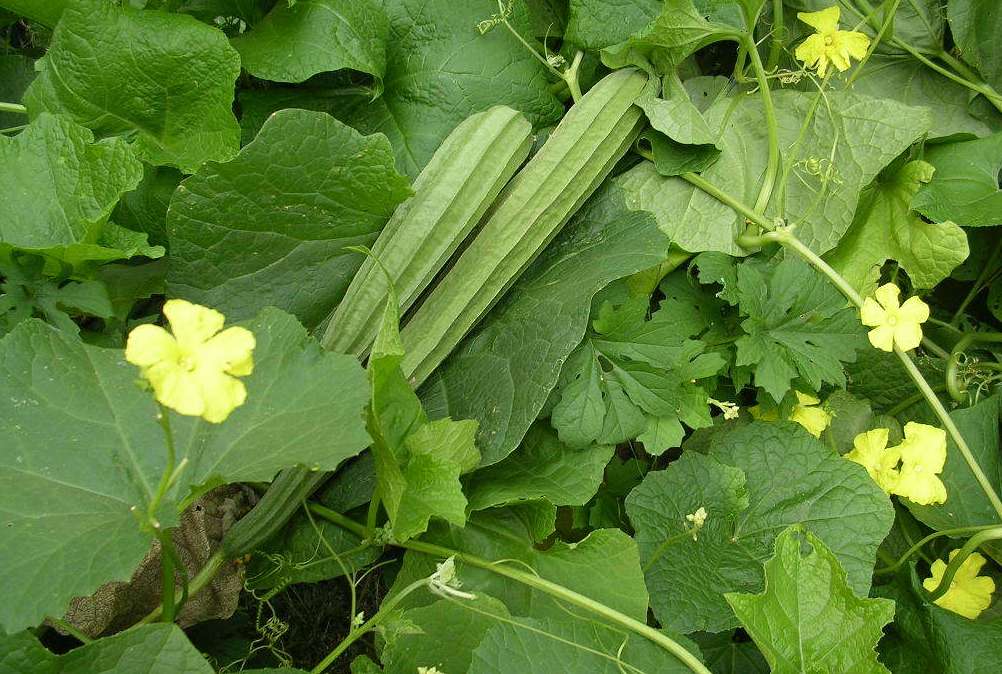
The yield of Ridge gourd:
Depending upon the soil and management, the average yield of 70 to 90 quintal/hectare can be expected.
Some facts about growing Ridge gourds:
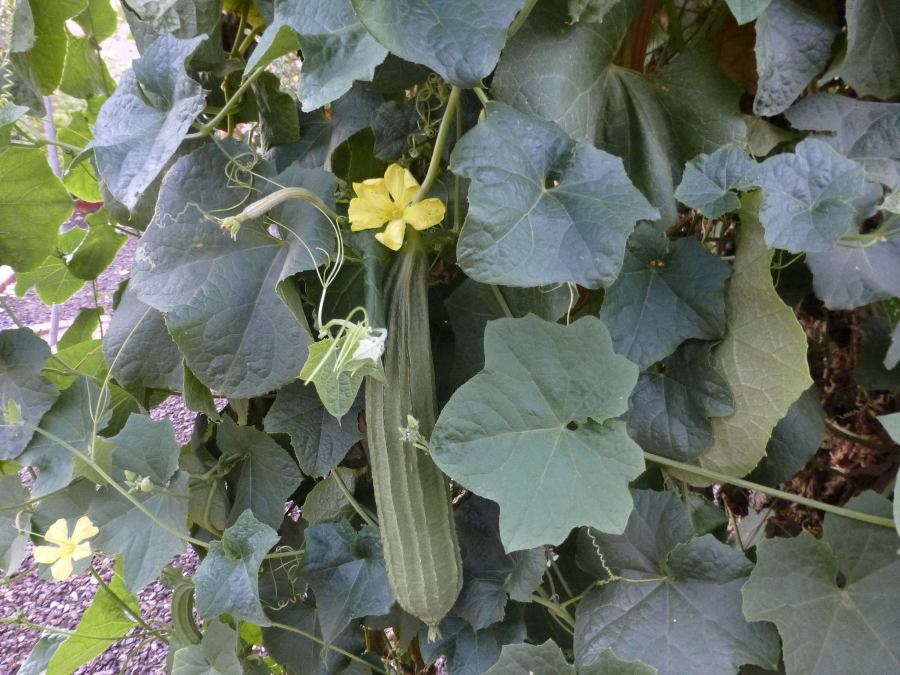
- For the first harvest, Ridge gourd usually takes 2 weeks after flowering or pollination.
- Ridge gourd vines need support for vertical growth unless you prefer them to creep on the ground.
- Ridge gourd is mainly grown from seeds and requires well-drained, humus-rich soil for fast germination.
- Ridge gourd requires a good amount of sunlight (at least 6 to 8 hours per day).
- Ridge gourds are easily grown in the pot, in the balcony, on the terrace, in the backyard.
- Growing Ridge gourds indoors is not difficult provided you make sure that the growing requirements are provided.
- The large amounts of cucurbitacin in Ridge gourds make them bitter in flavor.
- To grow the Ridge gourds a home, the appropriate pit should be dug and compost should be added to the pit. you can directly seed or can transplant the nursery-grown seedlings.
- The reason for Ridge gourd plant is flowering but NOT fruiting is due to all male flowers or requires pollination.
- Ridge gourd flowers start dropping when there is no sufficient water or overwatering. Some times it may happen due to nutrient and fertilizer deficiency in the soil.
Marketing of Ridge gourd:
Can be transported via truck to the local vegetable market.
Bottom Line of growing Ridge gourds:
It requires low investment and it can be grown year long with high yields in short duration.
You may be interested in Growing Hydroponic Coriander.
Ridge Gourd is at 45 dAS. Since 15 days the sky is cloudy with zeo sunlight and evening rains with low temp. Land is flat and non- sloppy. Crop is showing big sized leaves and drooping. I think these are the most un favourable conditions for the crop . Please suggest what to be done at this condition. What manures i should apply before i get a hot climate
Hello,
I am planning to sow seeds of ridge goud on mulched beds on 2nd November , 18. Expected temperatures in months of January will be (24°C day and 12°C night) .
What actions can be taken to maintain fruit set in low temperature conditions ?
What will be expected crop duration and yeild per acre?
We will update Ridge Gourd Project Report soon.
Ridge gourd can be cultivated at any time and any season.
Hii sir
I am bharghava s k my ridge gourd plan so many flowers dropping 50% is there what to do.
What is the fertilizer use for ridge groud comes straight